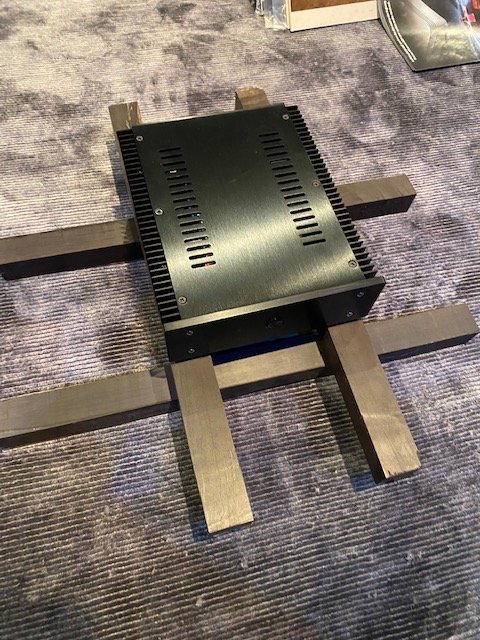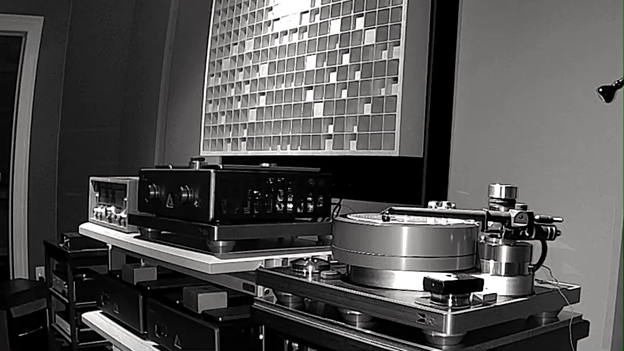Getting back to the tube debate - this is complex, as was noted allready in the now quite famous posts from Albert Porter.
Why? Because the tube changes interact. What you change in the first gain stage will impact on changes down the line, and vice versa.
But for now, I think a place to start is with the first gain stage, that clearly has the largest impact on the sound.
Here, opinions are divided. Most go for good NOS tubes. Some go for new production tubes.
There are two main issues. The tube should be ultra low noise. And it should sound ok, be musical.
I have tested recent JJ and Sovtek LPS tubes that both qualify for "ultra low noise". The JJs were shipped from Aesthetix.
I have also tested NOS. These usually have a bit more noise - "almost ultra low".
But in the best cases, they are fine, compared to the best selected ultra low-noise new tubes.
I had 1970s Telefunken in the first gain stage that were fine until they gradually became too noisy. I changed to Philips Herleen from the same period, selected for low noise, and am mainly happy with them. Although maybe not quite as "musical" as the Tele's, they have their own musicality, a bit more of a rock sound maybe. (Telefunken best for Mozart? Philips Herleen better for Beach boys: Holland? Maybe).
This also has to do with what you want the Io to sound like. Like an ultralinear precision performer? Or more organic, pleasing, natural? Some of the new production tubes - like the selected LPS I have - probably outperform my NOS tubes in some ways, like a wider flat frequency curve. They sound more "modern". But maybe also more "flat" and "hard".
Although I personally find good NOS tubes in the first gain stage to be more involving and pleasing than new production tubes, I fully respect other choices, with more modern sound profiles. It is a matter of taste. And it also depends on the synergy with the rest of the system.
A main fact emerges: you can adjust the Io - to a great extent - towards the sound you like.
Why? Because the tube changes interact. What you change in the first gain stage will impact on changes down the line, and vice versa.
But for now, I think a place to start is with the first gain stage, that clearly has the largest impact on the sound.
Here, opinions are divided. Most go for good NOS tubes. Some go for new production tubes.
There are two main issues. The tube should be ultra low noise. And it should sound ok, be musical.
I have tested recent JJ and Sovtek LPS tubes that both qualify for "ultra low noise". The JJs were shipped from Aesthetix.
I have also tested NOS. These usually have a bit more noise - "almost ultra low".
But in the best cases, they are fine, compared to the best selected ultra low-noise new tubes.
I had 1970s Telefunken in the first gain stage that were fine until they gradually became too noisy. I changed to Philips Herleen from the same period, selected for low noise, and am mainly happy with them. Although maybe not quite as "musical" as the Tele's, they have their own musicality, a bit more of a rock sound maybe. (Telefunken best for Mozart? Philips Herleen better for Beach boys: Holland? Maybe).
This also has to do with what you want the Io to sound like. Like an ultralinear precision performer? Or more organic, pleasing, natural? Some of the new production tubes - like the selected LPS I have - probably outperform my NOS tubes in some ways, like a wider flat frequency curve. They sound more "modern". But maybe also more "flat" and "hard".
Although I personally find good NOS tubes in the first gain stage to be more involving and pleasing than new production tubes, I fully respect other choices, with more modern sound profiles. It is a matter of taste. And it also depends on the synergy with the rest of the system.
A main fact emerges: you can adjust the Io - to a great extent - towards the sound you like.









